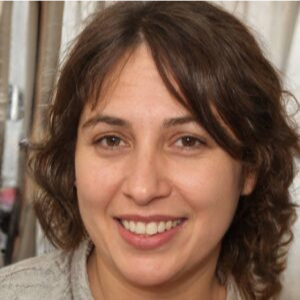What is mindfulness for kids, and do they need it?
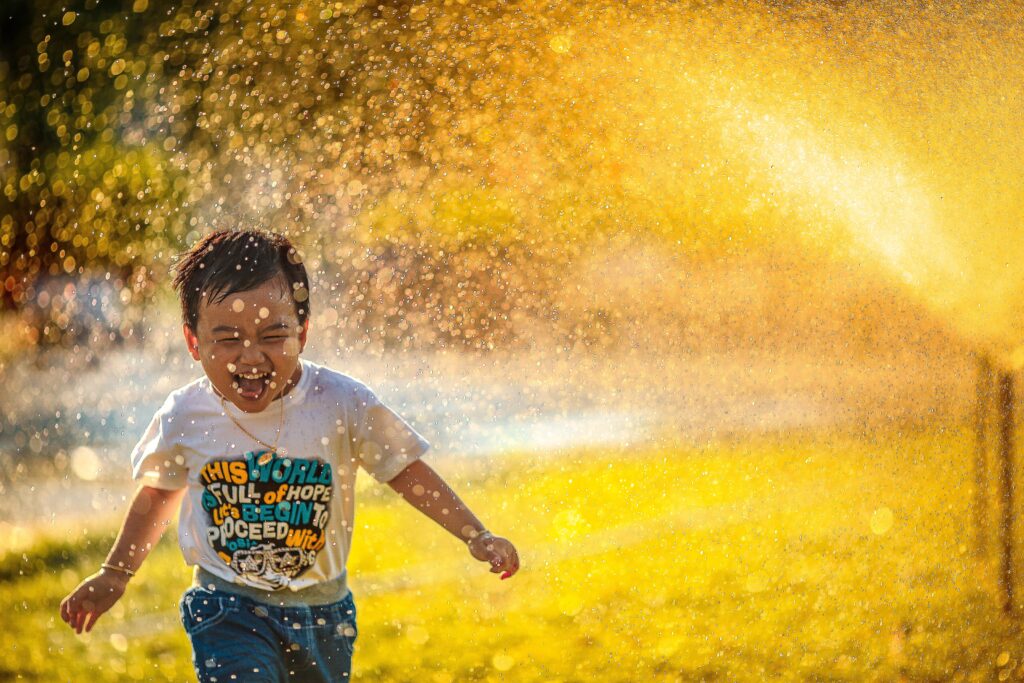
Mindfulness can boost the quality of children’s lives in many ways. From the earliest moments, it can minimize anxiety, greatly increase happiness, and allow your child to live in the moment. Mindfulness is actually a point of view, it’s about becoming fully aware of what is happening around you in the present moment. We live in a fast-paced world, and kids often oversight what’s going around them.
How does it help?
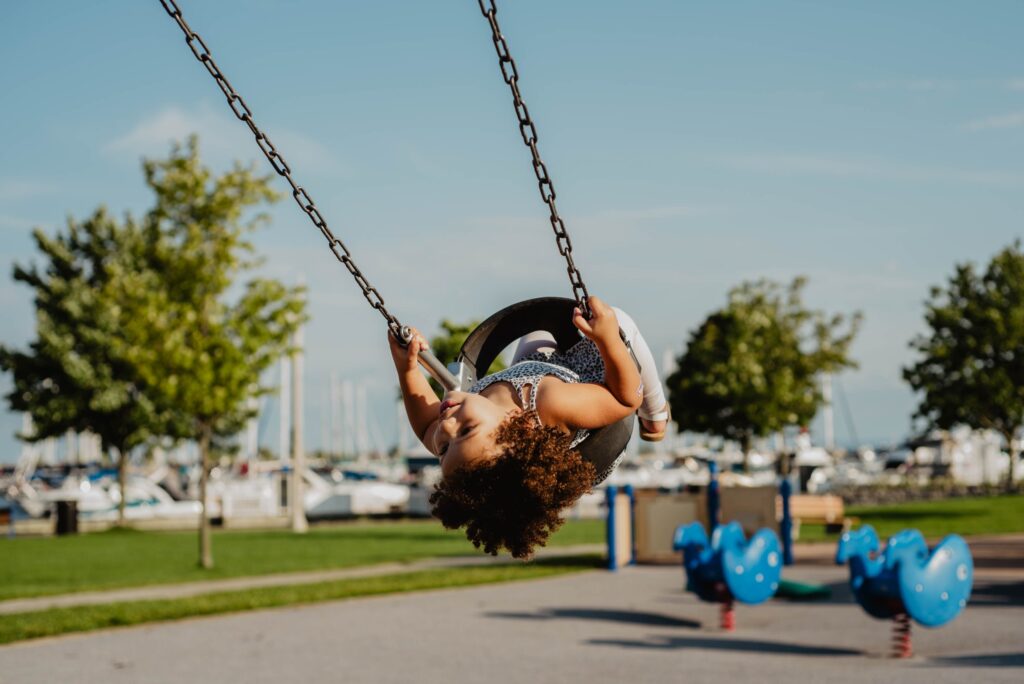
Kids face adversity as soon as they are born. Infants get hungry and sleep all day. Toddlers learn about self-control and grapple with language. And as the process of child development goes on, life gets even more complex. School obligations, building relationships, coping with independence – all of this create additional stress for every child.
At each stage of child development, mindfulness can be a great tool for relieving stress and increasing happiness.
Early habits
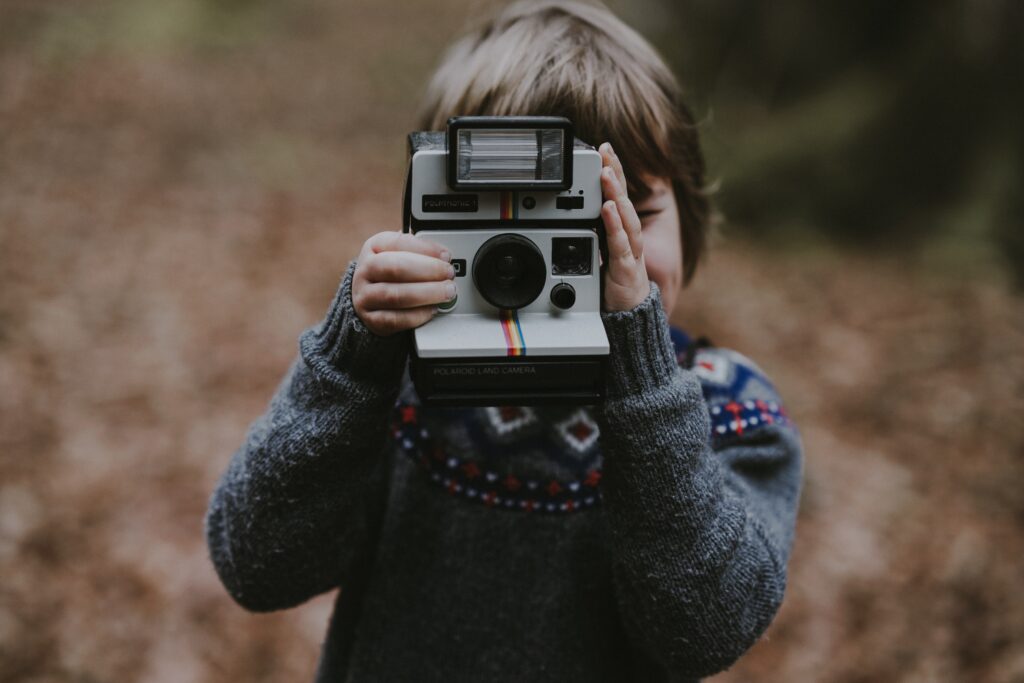
When it comes to mindfulness activities for kids, we have to emphasize that childhood age is the best period for benefiting from mindfulness practice. What kind of habits kids form early will affect their adulthood behavior. And with mindfulness, we give our kids the opportunity to be peaceful, accepting, and kind.
Think about mindfulness like this: it offers relief to the child from whatever difficulties s/he might encounter in this period – or even later in life.
Where do I start?
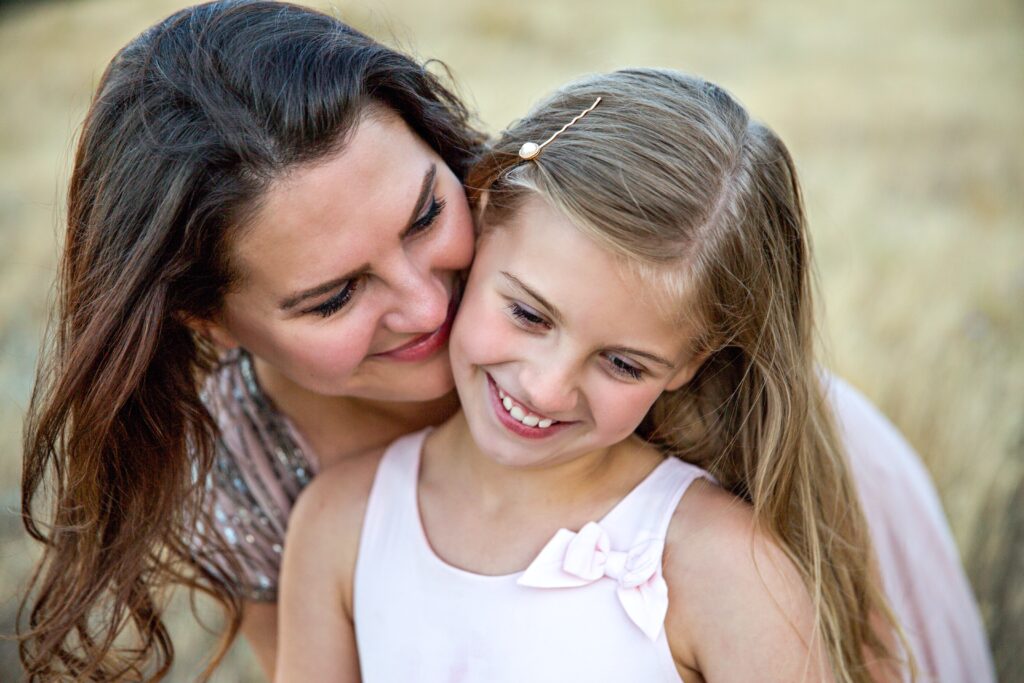
The most important thing is to start with mindfulness activities for kids at the appropriate age. For example, showing in the preschooler period kids’ tools like simple movements, music, objects, or pictures help them in developing the ability to stay present and focused. Mindful breathing is one of the main activities that can help children to develop mindfulness. Besides, it can also be a funny activity for them.
Lazy 8 breathing
Lazy 8 breathing is a common strategy for kids in which they track a number 8 while trying to control their breathing. Here’s what it looks like. As the kid moves the finger across the smaller loop of the 8, they need to inhale, and vice versa. When they drag a finger around the larger loop of the 8, they should exhale. This is a very effective way to learn deep inhales and practice elongated exhales in order to control breathing and slow heart rate. To make it even more fun, you can give them a paintbrush and let them paint an 8 instead of tracing it.
Bottom line
Being present is more than important. If they stare at a smartphone and you search the web, this is exactly when you, as a parent/teacher, need to be mindful the most. Stay kind, accept the present moment, and be compassionate – modeling good behavior.
 Download Now
Download Now
More articles
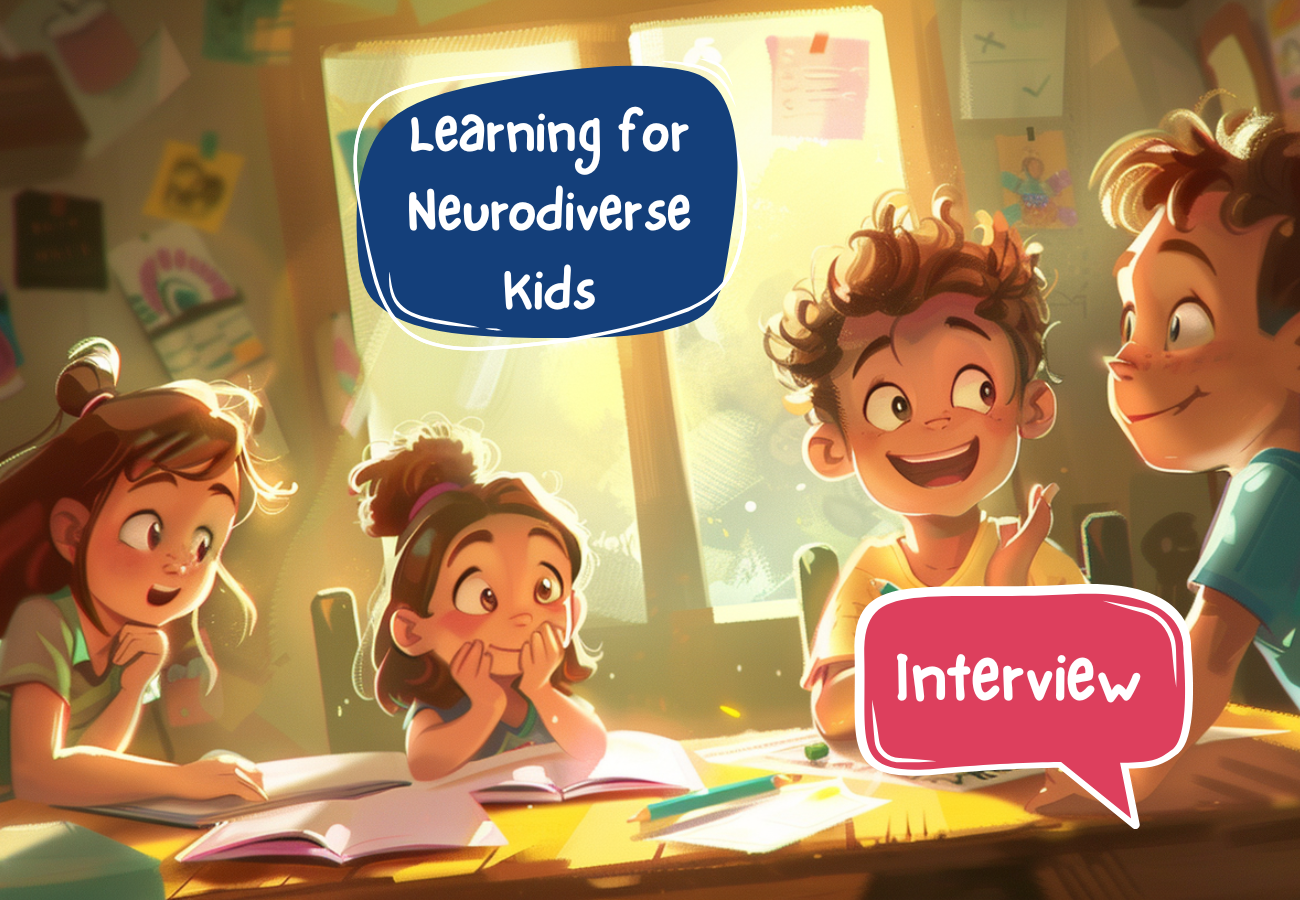
Creating Joyful Learning for Neurodiverse Kids: A Homeschooling Mom’s Journey with Alicia Ortego Books
A New Path in Education We always love hearing how our books support children and parents around the world. Recently, we spoke with a mom of three neurodivergent boys and the founder of Backyard Academy. Every day, she looks for creative ways to approach learning and parenting, and she shared with us how Alicia Ortego’s […]

Individual vs. Team Sport Activities for Your Kids: Pros and Cons
Helping children stay active and healthy often starts with sports. But deciding between individual or team sports can be tricky. Each type offers unique experiences and developmental benefits, but also has potential drawbacks. Understanding the differences can help you make informed choices based on your child’s personality, interests, and abilities. What Are Individual Sports? Individual […]
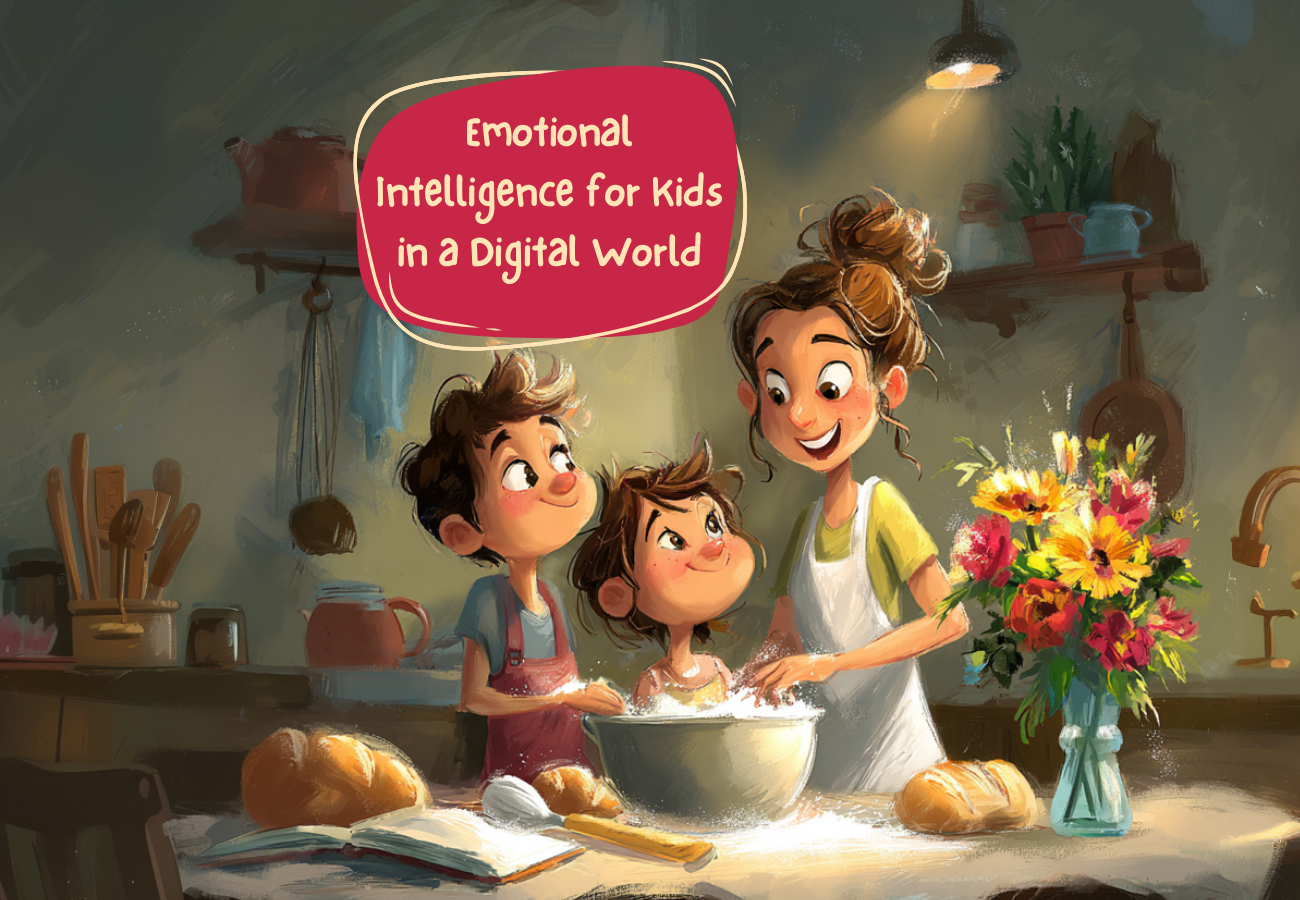
How to Nurture Your Child’s Emotional Intelligence in the Digital Age
Raising children today is nothing like it was in the 90s. Children in the 90s spent the majority of their time playing outdoors with neighbors or going to the local library or the beach. In that era, screen time mostly centered around TV, cable, or video games. But things are quite different in 2025. Kids […]

